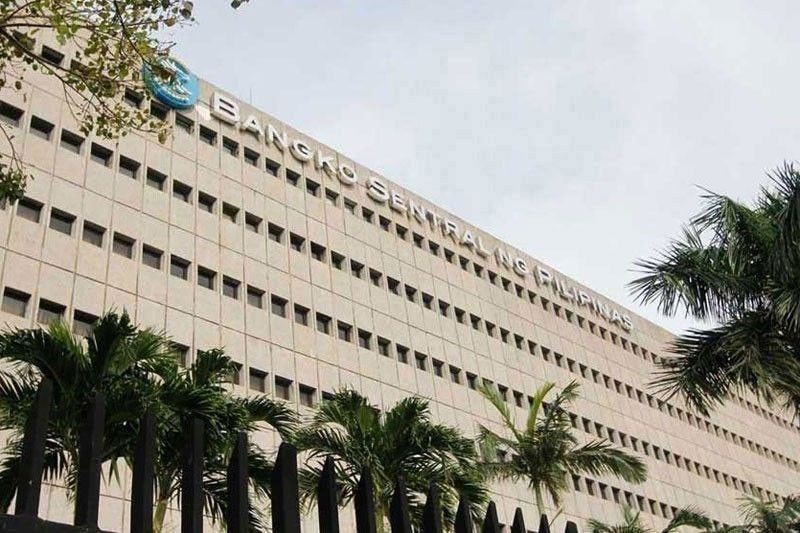Benchmark rate seen at 6.25%

MANILA, Philippines — The Bangko Sentral ng Pilipinas (BSP) may raise key interest rates by at least 75 basis points more for this year as inflation is seen hitting the upper end of the target band only by the fourth quarter.
In a webinar, Fitch Solutions, the research arm of the Fitch Group, said the benchmark rate may likely settle at 6.25 percent this year as it sees the BSP raising rates by a total of 75 basis points in the coming policy meetings.
Fitch Solutions country risk analyst Shi Cheng Low said inflation is taking longer to peak than previously anticipated.
“We expect it to drop below the BSP’s upper target limit of four percent only in the fourth quarter of 2023,” Low said.
“This will cause the central bank to proceed on a tightening cycle for a little while longer,” he said.
Inflation soared to a 14-year high of 8.1 percent in December, bringing the full-year print to 5.8 percent, significantly higher than the two to four percent target of the government.
As inflation was elevated for most of 2022, the BSP raised its key policy rates by 350 basis points, with the overnight reverse repurchase rate hitting a 14-year high of 5.5 percent to fight inflationary pressures and stabilize the peso.
BSP Governor Felipe Medalla has said a 25- or 50-basis-point rate increase is possible during the Monetary Board’s first policy meeting on Feb.16.
Nonetheless, Low noted that some risks are still skewed to the upside. “The Philippine peso has rebounded sharply since November,” Low said.
This means that the pressure to match the US Federal Reserve anew is much lower.
Further, Fitch Solutions expects a slower economic growth for the Philippines this year, with gross domestic product (GDP) growth easing to just 5.9 percent from the anticipated 7.4 percent in 2022.
The latest projection is slightly below the six to seven percent forecast of the economic team of the Marcos administration.
“There are signs that economic strength would prove difficult to sustain going forward. The latest uptrend in GDP shows inventories building up further in the third quarter, suggesting that firms might be struggling to widen inventories amid weakening demand,” Low said.
“Elevated inflation will also prompt the central bank to persist its hiking cycle and high interest rates will feed through to the economy, weighing on consumption and investment growth,” he said.
The Philippines will also see a smaller deficit at 4.7 percent, but still above the five-year average.
While resilient remittance inflows will lead to smaller current account deficit, Low maintained that a weakening global demand and high import of capital goods due to emphasis on infrastructure projects would prevent a sharper narrowing of the current account deficit.
Similarly, Fitch Solutions warned that growth in the export sector is starting to level off, with a downward trend likely to continue this year.
On a regional level, Fitch Solutions Asia Country Risk head Raphael Mok said the China-US tensions may intensify and could potentially cause significant economic volatility in the region this year.
This comes after the US Congress passed the Taiwan Enhanced Resilience Act, which aims to provide greater security assistance to Taiwan.
“The Biden administration is likely to strengthen its alliances with Japan, South Korea, the Philippines and Australia for the purpose of counterbalancing Beijing’s influence in the Indo-Pacific region,” Mok said.
“In return, Beijing is likely to respond by periodically increasing military activity exercises around Taiwan and by strengthening ties with closely aligned states such as Russia, Iran, North Korea, among others,” he said.
On the economic front, Fitch is anticipating that the US will introduce more restrictions on exports to China as competition intensifies. Such a scenario has potential ramifications for regional supply chains that could also impact the Philippines.
Foreign direct investments into Asia may also weaken this year amid the possibility of recession in the US and the Eurozone, alongside tighter monetary conditions.
- Latest
- Trending






























